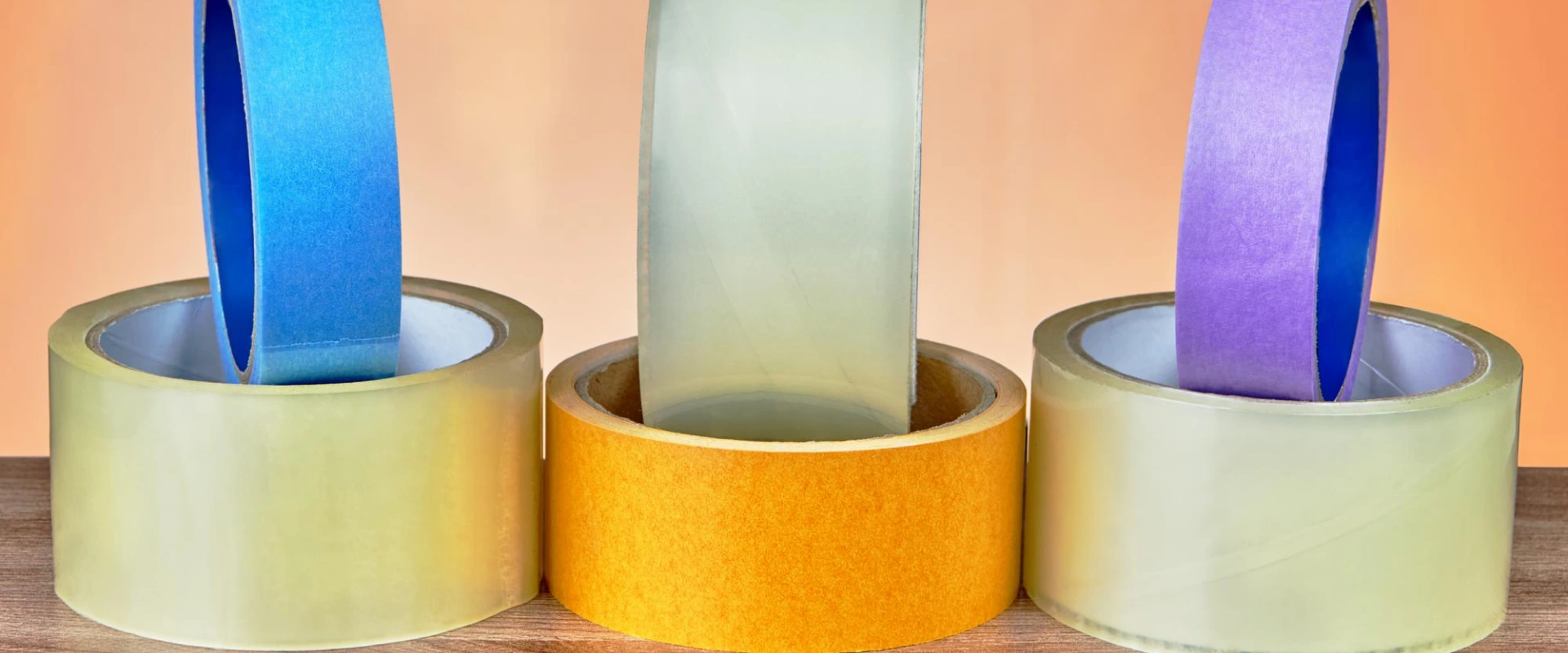Selecting the appropriate tape width for your packaging needs is essential to ensure the security and integrity of your shipments. The right tape width can make a significant difference in the effectiveness of the seal, the protection of the contents, and the overall appearance of the package. Here’s a guide to help you choose the right tape width for your packaging requirements.
-
Consider the Size and Weight of the Package
The size and weight of the package are crucial factors in determining the appropriate tape width.
- Small and Light Packages: For small, lightweight packages, such as envelopes or small boxes, a narrow tape width of around 1 inch (25 mm) is usually sufficient. This width provides adequate sealing without excessive waste.
- Medium Packages: Medium-sized packages typically require a tape width of 2 inches (50 mm). This is the most common width for general packaging needs, offering a balance between strength and coverage.
- Large and Heavy Packages: For large or heavy packages, a wider tape, such as 3 inches (75 mm) or more, is recommended. Wider tape provides additional strength and ensures a secure seal for heavier loads.
-
Assess the Package Material
Different packaging materials may require different tape widths to ensure a proper seal.
- Cardboard Boxes: Standard cardboard boxes usually work well with 2-inch or 3-inch tape, depending on the box size and weight.
- Plastic or Polythene Bags: For plastic or polythene bags, narrower tape can be used, but ensure the tape has strong adhesive properties to stick well to the smooth surface.
-
Evaluate the Shipping Conditions
Consider the conditions your packages will face during transit.
- Rough Handling and Long-Distance Shipping: If your packages are likely to be handled roughly or shipped long distances, opting for a wider tape can provide additional security. A 3-inch tape width is ideal in such scenarios to ensure the package remains sealed.
- Climate Conditions: In humid or extreme weather conditions, wider tape can offer better adherence and prevent the package from opening.
-
Factor in the Sealing Method
The method you use to seal your packages also influences the choice of tape width.
- Single Strip Method: If you seal your packages using a single strip of tape along the center seam, a wider tape (2-3 inches) is recommended to cover the seam effectively.
- H-Pattern Sealing: For the H-pattern sealing method, which involves taping the center seam and the edges, you can use narrower tape (1-2 inches) since the edges are reinforced.
-
Aesthetic Considerations
The appearance of your packaging can impact customer perceptions, especially in e-commerce.
- Branding and Presentation: Narrower tape widths can look neater on smaller packages and help maintain a clean and professional appearance. Wider tape might be necessary for larger packages but can still be chosen in a color or design that complements your branding.
Conclusion: Find the Perfect Tape for Your Packaging at NTXSupply.com
Choosing the right tape width is essential for securing your packages and ensuring they arrive in perfect condition. By considering the size and weight of your packages, the materials used, shipping conditions, sealing methods, and aesthetic preferences, you can select the ideal tape width for your needs. For a wide selection of high-quality tapes and other packaging materials, visit NTXSupply.com. NTX Supply offers the perfect solutions to meet all your packaging requirements, ensuring your shipments are always secure and professionally sealed.

